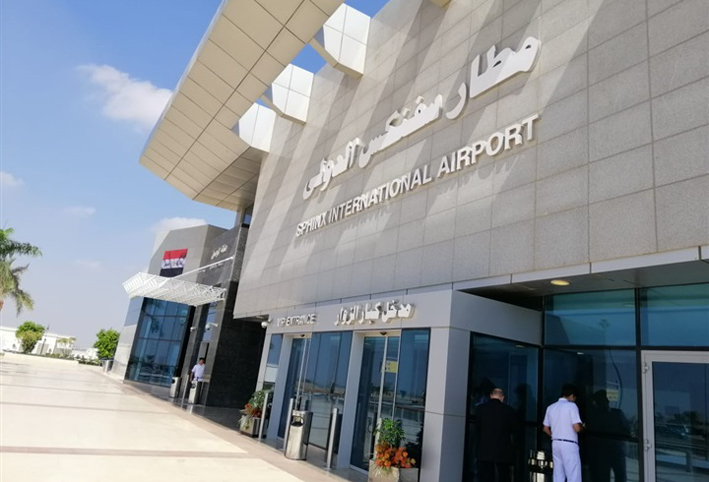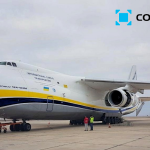Building on the premise of our previous two posts, this week we take a look at budding projects throughout the Middle East and surrounding areas. The projects we will focus on have arisen from the monstrous growth that has been seen in this part of the world over the last half-century.
Analyzing Growth
There are numerous ways to look at and analyze growth: passenger and cargo movement per flight, per airport, per country, overall revenue or profit earned, among others. Instead of focusing on those metrics, let’s hunker down on Airbus’ projections for the region in two categories; new aircraft production and RPK.
According to their Global Market Forecast Report, the Middle East region will need 2,825 new aircraft by the end of 2037. A portion of these new crafts will be to replace part of their future outdated fleet but it is expected that around 75% will be solely to accommodate the growth within this region.
When calculating industry growth, Airbus chooses to use the RPK model which stands for Revenue Passenger Kilometer. In layman’s terms, each kilometre that a paying passenger or “revenue passenger” flies is counted as (1) RPK. Thus, the RPK model measures the total number of kilometres flown by all revenue (paying) passengers. Airbus projects an overall RPK growth of 5.74% in the Middle Eastern region over the next 20 years, compared to a 4.4% growth across the entire industry worldwide.

FlightGlobal’s – World Airline Rankings 2017 Report
Sustaining the MEA Growth
In order to sustain the growth and demand of this region, there are numerous projects in the pipeline. According to the online news source Arabian Airspace, it is estimated that a total of $163.5 billion is being spent on Middle East and African (MEA) projects, with around $58 billion being poured into the roughly 152 active aviation-based projects in the Middle East. Saudia Arabia takes the largest slice of this pie, followed by UAE and Kuwait. We’re going to step outside of the box here and highlight a few of these projects in northern Africa and of course, the Middle East.
Tunisia, an Arab country in North Africa, will construct their first airport that will meet international standards by 2030. This new civilian airport will be the 10th of the country and weighs in with a nominal price tag of roughly US $840 million.
Egypt has three in the works. Technically two since the Sphinx International Airport had its first inaugural flight just last month. Their new Administrative Capital Airport is slated for opening in 2019. Those two, plus a third ran up a tab of $18.5 billion.

Saudi Arabia is easily the largest investor in the region. As with the two previously mentioned countries and the two to follow, Saudi Arabia is investing in Greenfield projects (brand new airports) and upgrades to current facilities. In the Greenfield sector, there are three regional airports currently under construction in Sohar, Ad Duqm, and Ras Al Hadd.
The big daddy, however, is the new Taif International Airport which should be completed by late 2020. This airport is of great importance due to its proximity to Mecca which attracts a large influx of religious tourists during the Hajj period in the 12 Muslim lunar month each year. The airport will be able to handle 5 million yearly passengers with a potential expansion to 8 million in the future. Rounding out the major projects, non-Greenfield in this case, are Muscat International Airport which just opened a new $1.8 billion robot-run terminal this year, and Riyadh’s King Khalid International Airport which is aiming at being able to seamlessly handle 25 million passengers per year by 2019.

In the island country of Bahrain, a hybrid Greenfield, non-Greenfield project is underway. The issue they have is land space so, in order to develop a brand new terminal/airport, they are using an artificial island. Thus, once the new terminal is near completion, they will demolish the current structure. Therefore, it is a new facility, yet operating as the same airport; Bahrain International airport. In this case, perhaps it should be called a Waterfield airport? Bad jokes aside, this $1.1 billion dollar projected is projected to have a soft-opening in the third quarter of 2019.

Lastly, we have Kuwait who is expanding their international airport to accommodate between 25 to 50 million passengers per year in total with the ability to serve twenty-one A380s. This new state-of-the-art terminal is estimated at a whopping $4.3 billion and will be completed within phases, the first of which is scheduled to finish around 2021. It is designed with comfort and ease of movement in mind, along with adaptability to climate due to Kuwait’s scorching hot temperatures. The goal is functionality coupled with sleek architecture.

Wrapping It Up
The projects mentioned above are only a sliver of the large investments coming into the MEA region. The UAE, Iraq, Turkey, Iran, and the other countries in the region are investing heavily in order to ramp up for the future growth that is coming to this region. At Consorcio Aviation, we will continue to keep an eye on this neck of the woods, especially as more and more South American countries are moving personnel to and from the Middle East.




